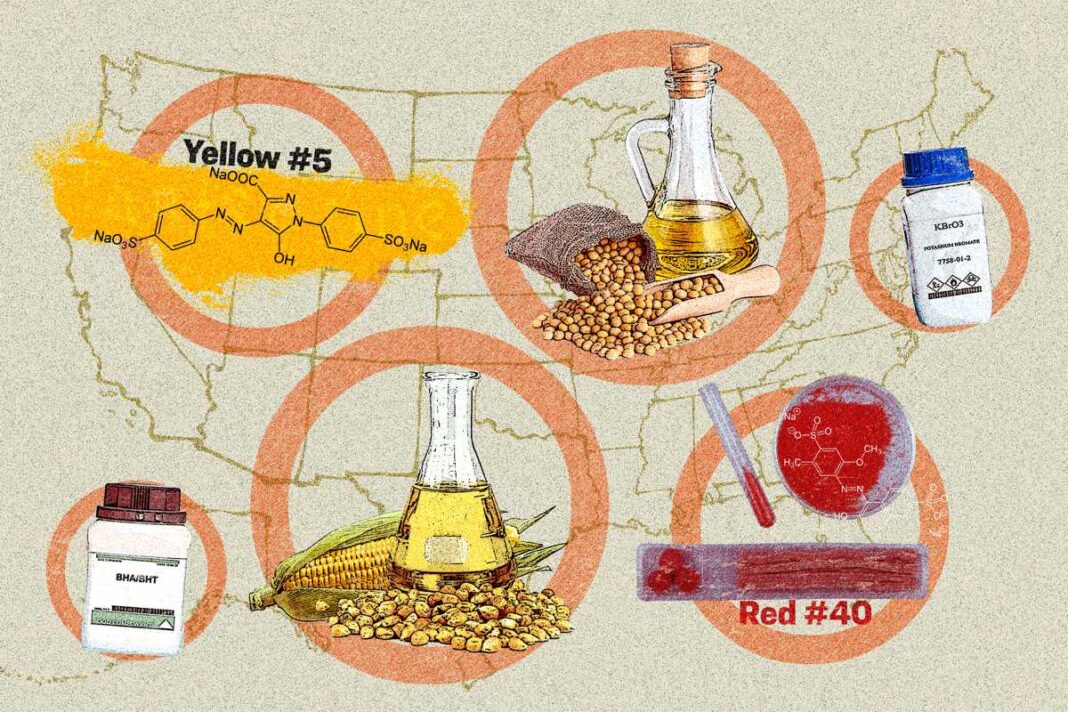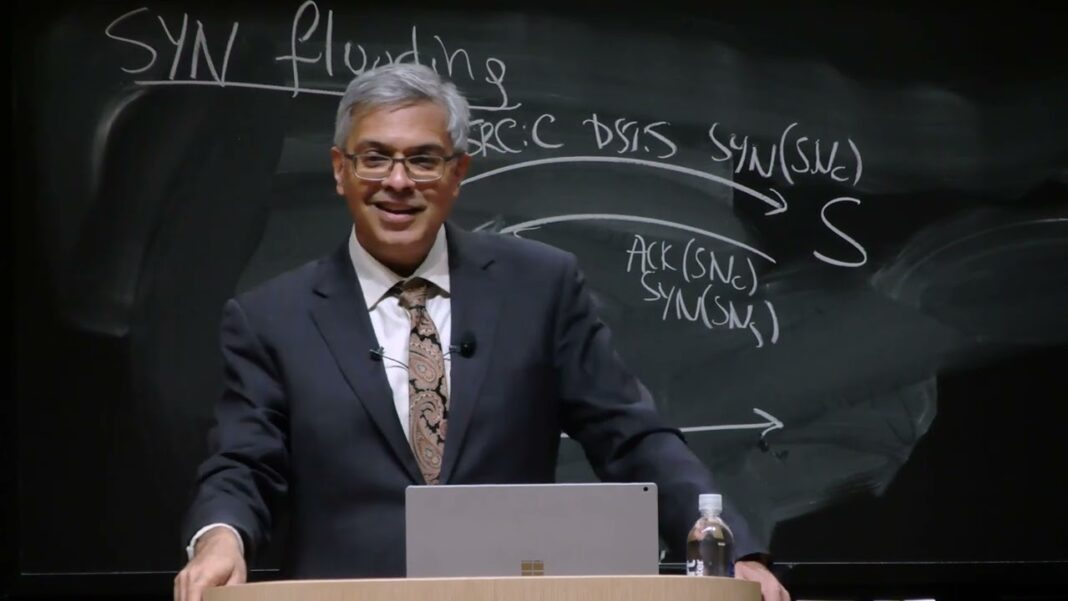Americans have the shortest lifespan and highest ultra-processed food consumption among developed countries.
“Americans are being poisoned,” former presidential candidate Robert F. Kennedy Jr. repeated throughout his campaign. He linked the nation’s poor diet to rising health care costs for chronic diseases and shorter lifespans.
Americans have a life expectancy that is five years shorter than other developed nations and that may be because 50 to 70 percent of the American diet is ultra-processed foods—the highest consumption rate in the developed world. Many of the food additives and ingredients used in the United States are already restricted or banned in Europe.
Now nominated as Secretary of Health and Human Services under the Trump administration, Kennedy will oversee 80 percent of the country’s food supply, as well as all cosmetics, drugs, and pharmaceutical products.
Kennedy has primarily scrutinized several key food ingredients, including high fructose corn syrup, seed oils, and food dye. What is the evidence, and what can he possibly do to exclude them from the American diet?
High Fructose Corn Syrup
During his campaign, Kennedy repeatedly emphasized the risks of high fructose corn syrup (HFCS), the most common sweetener in American processed foods.
Though approved for use in both the EU and the United States, HFCS in Europe is used in a modified form called isoglucose, which contains up to 30 percent fructose, whereas American HFCS has 42 to 55 percent fructose.
HFCS 55, which contains 55 percent fructose, is the most commonly used. This more concentrated formula allows food to taste sweeter with a smaller volume of sweetener.
HFCS is similar to table sugar in overall composition, though it went through additional enzymatic processing during production. Research has not shown clear evidence that HFCS is more harmful than sugar, though as a common ingredient in ultra-processed foods, HFCS has undergone a lot of scrutiny.
HFCS is a cheaper ingredient than sugar. Ultra processed food makers adopted HFCS rapidly in the late 20th century. Between 1970 to 1990s, HFCS consumption increased by more than 1,000 percent, the greatest change in the American diet over that time. This increase coincided with the emergence and rise of obesity in the 1980s.
By Marina Zhang
Read Full Article on TheEpochTimes.com









